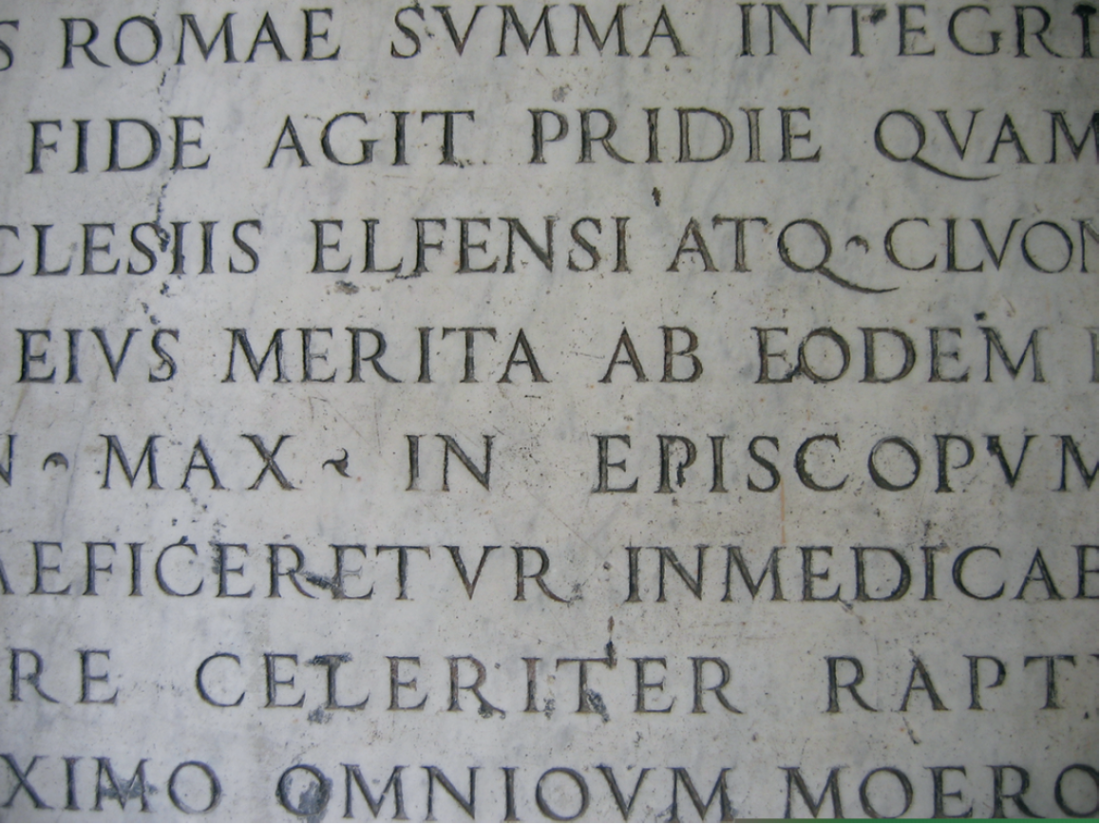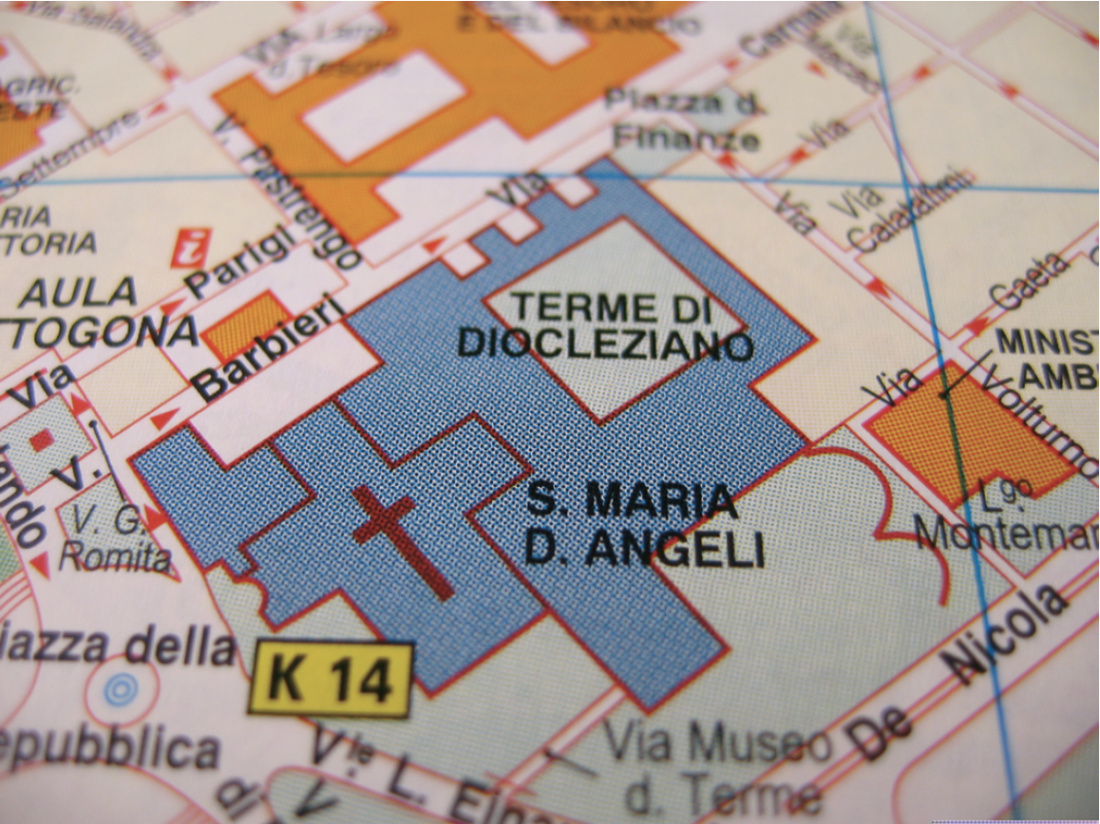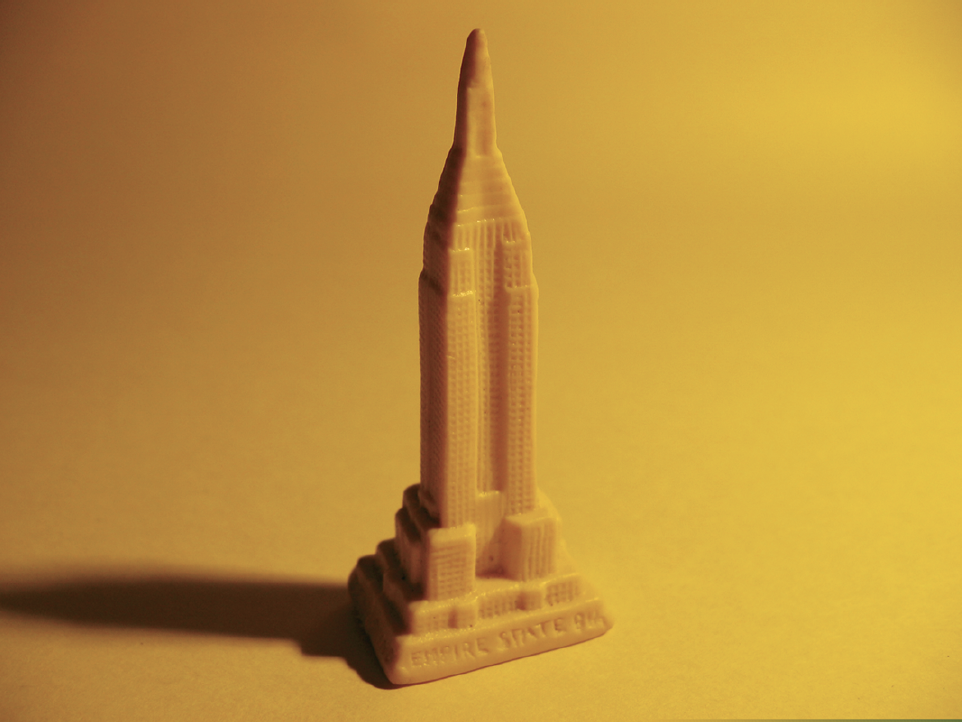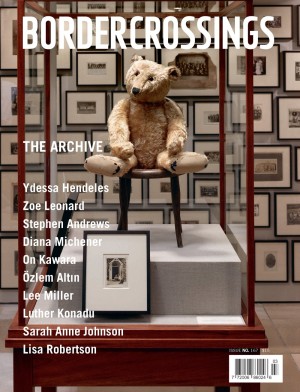Nelson Henricks
Nelson Henricks’s Map of the City is an impressive new work by this accomplished video artist, shown in the recently inaugurated media gallery at the Art Gallery of Calgary. Arriving in Calgary a mere five months ago, curator Donna Wawzonek was excited by the possibility of programming a high-profile space dedicated solely to media art. The choice of Henricks’s work offered the chance to present this sophisticated two-channel, synchronized piece in a setting that enhanced its visual and sonic impact.
Henricks was born in Bow Island, Alberta, and spent time—both as a student and a working artist—in Calgary before moving to Montreal in 1991. This piece grew out of a six-month residency in the Quebec Studio in the Monteverdi Vecchio district of Rome in 2004.

Nelson Henricks, all video stills from Map of the City, 2006, 2-channel video installation, 21 minutes. Courtesy the Art Gallery of Calgary.
For Henricks, pinning down the identity of a place is as challenging as locating his own identity. In his work the self is a constant element, yet it remains somehow elusive—perhaps due to finding himself outside mainstream cultural frames—an anglophone in Montreal, a stranger in Rome. Yet, in an oblique way, he conjures up an alternative, collective notion of identity through a barrage of closely observed detail, arriving at what might be a more realistic portrayal of the city and the artist himself.
This marks the first time the artist has worked only with still images, actually thousands of photographs animated through a labour-intensive process—in the most rapid sections each image appears for only four frames each, less than a sixth of a second.
Within the array of passing imagery, we see literal maps, a puzzling jumble of streets replicating the disorientation of the visitor. In one section is a series of empty rooms, then books on shelves, the titles flashing before us, then the artist with book in hand rapidly opening and closing it, with appropriate sound effects. Henricks is using the book as metaphor, as well as simulating its physical experience to both frame and underpin his observations.

Nelson Henricks, all video stills from Map of the City, 2006, 2-channel video installation, 21 minutes. Courtesy the Art Gallery of Calgary.
The dual screen (which often pairs text with an image that either symbolizes or contradicts, or twinned images that amplify and reinforce each other) has the appeal of flipping through a picture book. But the concept goes deeper than that. The artist proposes a parallel between the book and the building, between the building and the city. He says, “I was thinking about places like the ‘Cappella degli Scrovegni’ (with its narrative series of 14th-century Giotto frescoes) that is like an immersive, three-dimensional book … so on one hand, Map is like a book … but meant to be projected large enough on the walls of the gallery to surround the viewer.”
In other sections of the dual tapes, images of theatre seats appear to restlessly advance toward the viewer. Then a section of stone tablets with inscrutable writings, followed by a series of faces, mouths and hands from Roman sculptures—the citizens of the ancient city, preserved. In contrast we see the graffiti, glass and neon of Montreal. Henricks outlines the challenge of immersion in the modern city as the text proclaims, “Each person you meet is a possible point of entry. Each person leads to a dozen more. Choose that first face carefully.”
Henricks avoids romanticizing by taking a cool, detached position. The synthesizer-generated mechanical clicks and blips of the soundtrack are keyed exactly to the shifting pace of the fleeting pictures, reinforcing the air of neutrality. There are three particularly engaging sections in which small, bright objects jitter and dance on backgrounds of intense primary colours. Some objects have significance for the artist—a green turtle from his sixth birthday cake, a rubber eraser that belonged to his father. Other objects represent the sort of clutter one collects based on momentary appeal. These items are paired with a sombre passage from Ecclesiastes that recounts the cyclical nature of things and the futility of all human endeavour—“ meaningless, everything is meaningless … there is nothing new under the sun.”

Nelson Henricks, all video stills from Map of the City, 2006, 2-channel video installation, 21 minutes. Courtesy the Art Gallery of Calgary.
Another section of small objects is more closely illustrative of its text—a passage from the obscure and apocryphal Gospel of Thomas; a series of pithy sayings attributed to Jesus such as “a city built high on a mountain cannot fall.” The artist found this abstract text a conduit into the other biblical references that surprised him with their ability to still speak urgently to contemporary viewers.
More than half the text presented is written by the artist, offering some clues to Henricks’s approach to the visuals. One particularly compelling phrase stands out—“If you could see my life from beginning to end in a single motionless line it would glow like neon tubing snaking through the houses and rooms where I have lived.” With this statement, Henricks succinctly expresses the essence of this piece—that the interaction of human beings with their built environment operates on the public and the private planes in a profound and significant way. ■
Nelson Henricks’s Map of the City was exhibited at the AGC Media Gallery at the Art Gallery of Calgary from June 28 to August 25, 2007.
Sandra Vida is a Calgary-based visual artist known for her multimedia artwork. She was recently nominated for a Governor General’s Award for her contribution to the media arts.

